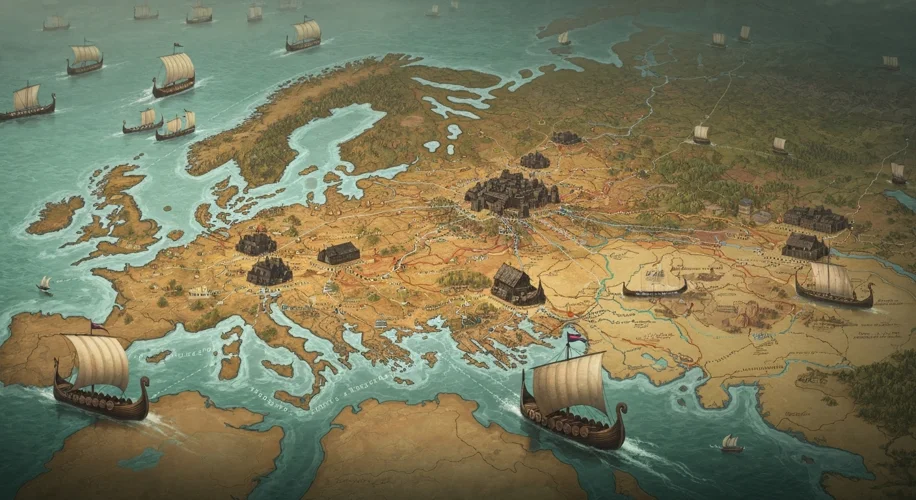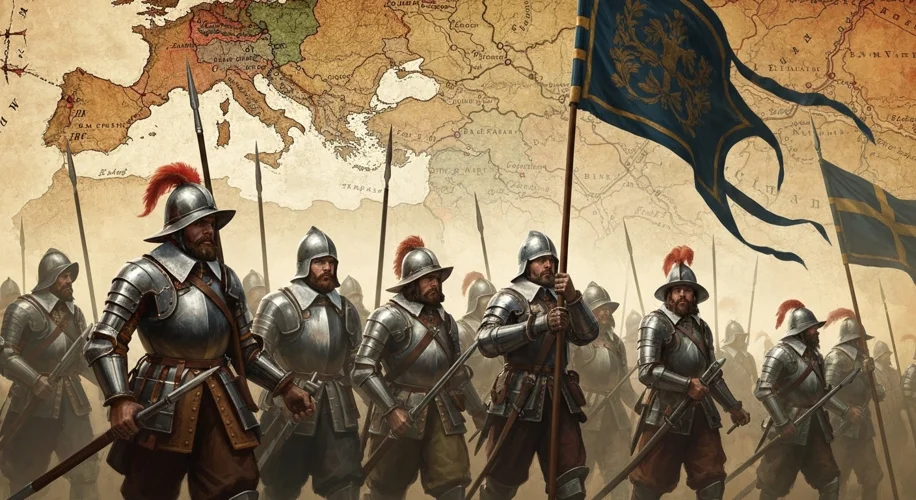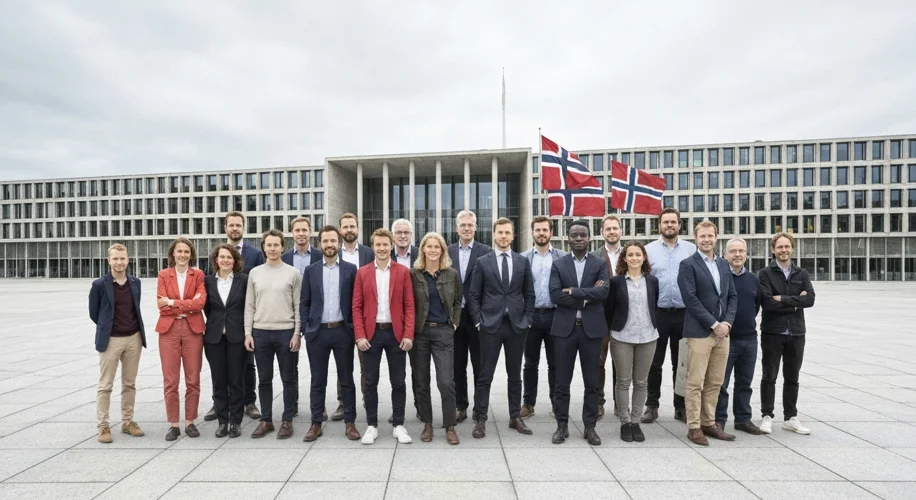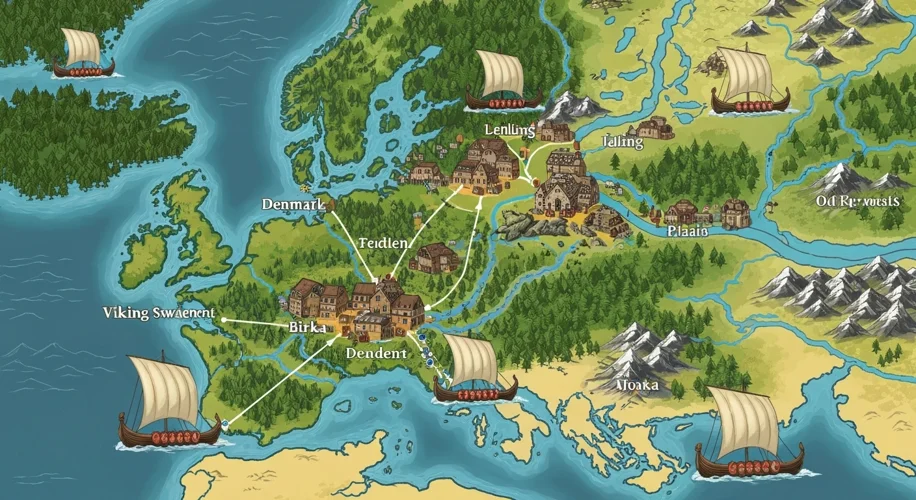The crisp, clean air of Scandinavia, shared across Denmark, Norway, and Sweden, whispers of a shared heritage, of Viking sagas and long, dark winters. It’s a region that, to many eyes, seems almost destined for unity. Yet, despite centuries of close contact, shared cultural threads, and even periods of actual political union, a singular Scandinavian nation has remained an elusive dream. What forces, deep-seated and persistent, have prevented these seemingly kindred spirits from forging a single, powerful realm?
The story of Scandinavian unity is a saga of both connection and division, a complex tapestry woven with threads of ambition, conflict, and the ever-evolving tapestry of national identity.
Echoes of the Viking Age and Early Kingdoms
Long before the modern nation-states, the Norsemen navigated the seas, their ships carrying warriors, traders, and explorers across vast distances. This era, often romanticized, laid the groundwork for shared cultural elements. However, even in these early times, distinct kingdoms were emerging. Denmark, with its strategic position controlling the Baltic Sea, often asserted dominance. Sweden, further north, developed its own powerful warrior class and trading networks. Norway, with its rugged coastline and fjords, maintained a more independent spirit, often finding itself drawn into alliances or conflicts with its larger neighbors.

The Kalmar Union: A Glimpse of Unity, A Taste of Discord
The most significant attempt at unification came with the Kalmar Union, established in 1397. This remarkable political compact brought Denmark, Norway, and Sweden under a single monarch. For over a century, it represented a formidable power in Northern Europe, a testament to what was possible when these nations aligned. However, the union was fraught with inherent tensions. The Danish monarchy, due to its larger population and economic clout, often dominated the other kingdoms. Swedish nobles, in particular, chafed under Danish rule, yearning for greater autonomy and a more equitable distribution of power. The union eventually fractured, a victim of internal power struggles and the growing assertiveness of Swedish national sentiment.
Divergent Paths and Emerging National Identities
The failure of the Kalmar Union was not a singular event but a turning point. In the centuries that followed, each nation began to cultivate its distinct identity with even greater fervor. Sweden, after breaking free from the union, entered a period of imperial expansion under charismatic leaders like Gustavus Adolphus. The Thirty Years’ War saw Swedish armies march across Europe, solidifying its status as a major power and forging a strong sense of national pride. This military prowess, while impressive, also meant Sweden was often embroiled in conflicts that further separated it from its Scandinavian neighbors.
Norway, meanwhile, experienced a more complex trajectory. For centuries, it was largely under Danish rule, a subordinate partner rather than an equal. This long period of Danish dominance fostered a subtle sense of resentment and a desire for self-determination. When Denmark lost Norway to Sweden after the Napoleonic Wars in 1814, it was another twist of fate that maintained a shared monarchy but underscored Norway’s struggle for true independence.

The Seeds of Separation: Culture, Language, and Economics
While the languages of Scandinavia—Danish, Norwegian, and Swedish—are mutually intelligible to a degree, they have evolved along distinct paths, reflecting centuries of separate development and subtle cultural influences. Furthermore, economic interests often diverged. Sweden, with its vast natural resources like iron ore and timber, often looked towards broader European markets. Denmark, with its fertile agricultural lands, maintained a strong agrarian identity and trade focus. Norway, with its maritime traditions and later discovery of oil, developed unique economic drivers.
These differences, though perhaps not insurmountable, contributed to a sense of “otherness” that solidified national identities. Each nation developed its own unique institutions, legal systems, and cultural touchstones, further anchoring their separate paths.
The Modern Era: Cooperation, Not Unification
In the 20th century, Scandinavia witnessed a resurgence of cooperation. The Nordic Council, established in 1952, fosters collaboration on issues ranging from social policy to environmental protection. Citizens can move and work freely between the member states, and there is a palpable sense of shared values and mutual respect. Yet, this cooperation has always been rooted in the principle of respecting national sovereignty.

Today, the idea of a unified Scandinavian political entity remains largely a historical curiosity rather than a serious political project. The distinct national identities, forged through centuries of separate triumphs and struggles, are too deeply ingrained. The economic and political landscapes, while often aligned, also present unique national priorities. The dream of a united Scandinavia, like a powerful but fleeting Viking longship, sailed close to shore, but ultimately, the currents of history carried its constituent nations onto separate, sovereign seas.

